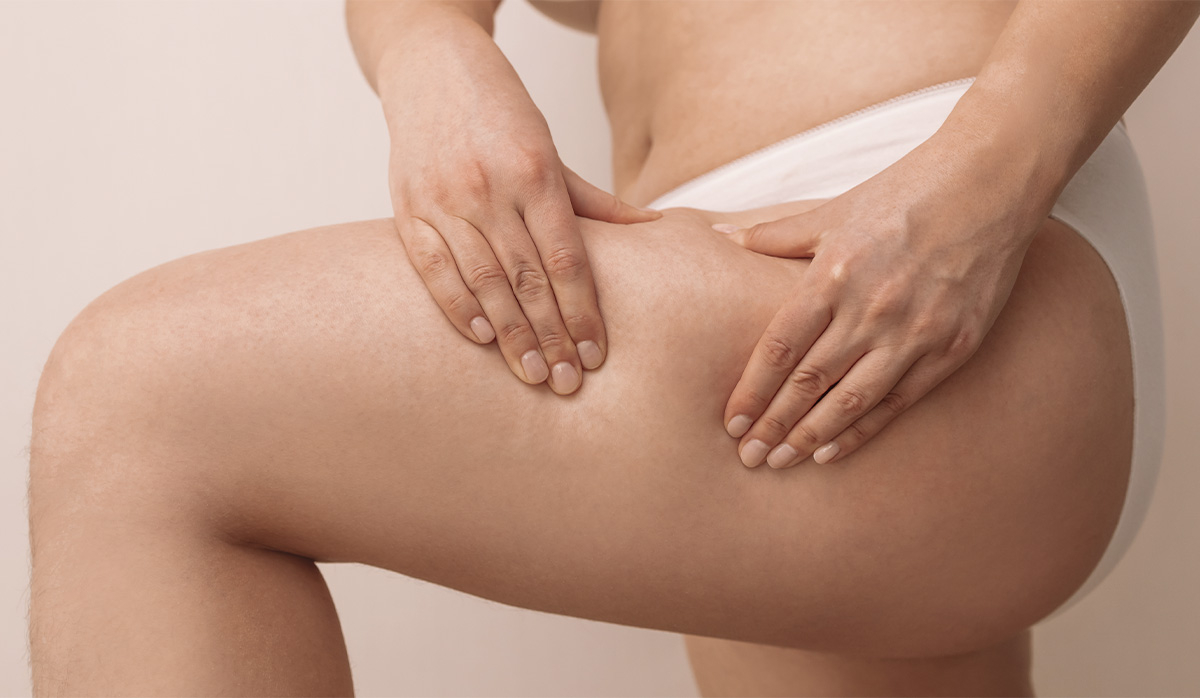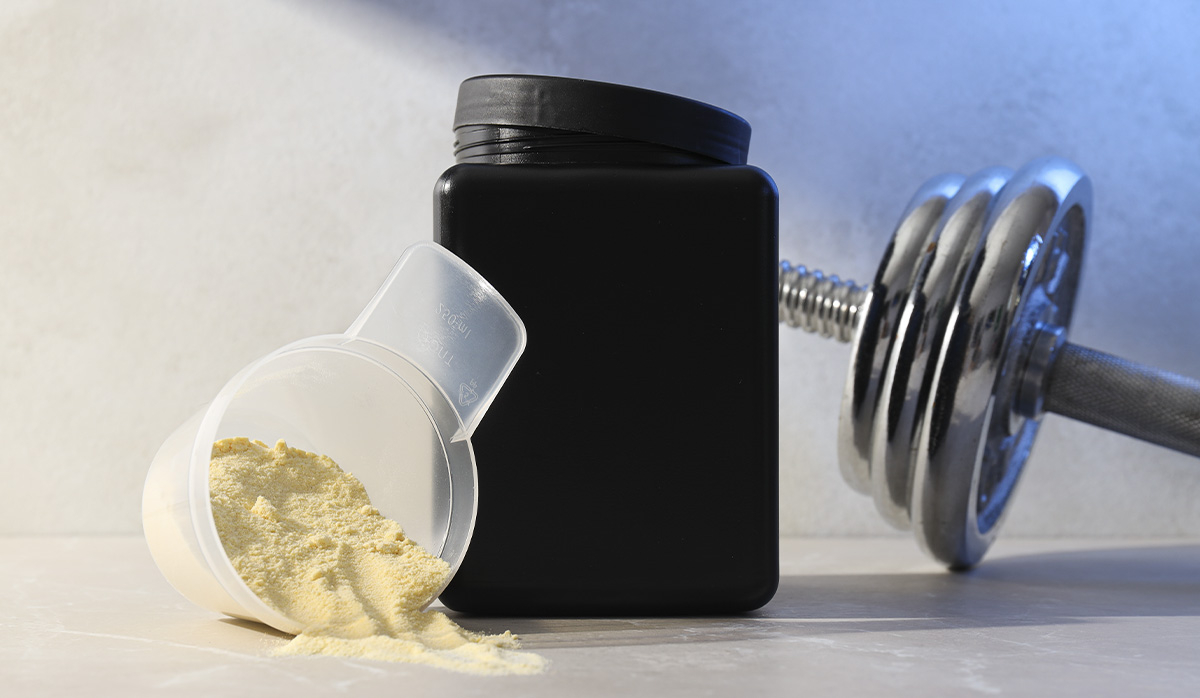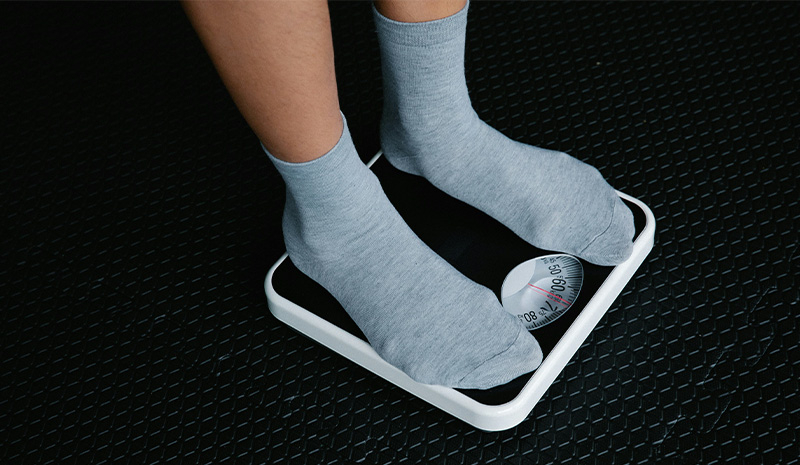Our body has different types of adipose tissue, each with a specific function. Some deposits mainly serve to store energy, while others can help use it and produce heat. And this is exactly where the so-called browning of adipose tissue comes into play.
What is browning of adipose tissue?
Not all fat is the same:
- White fat: this is the most common type, and its role is to store excess energy.
- Brown fat: it is much richer in mitochondria, the cell’s “power plants,” which convert nutrients into energy. Thanks to this feature, brown adipocytes are involved in thermoregulation: they burn calories to produce heat and help the body maintain its internal temperature.
Browning is the process by which part of the white fat turns into “beige” fat, which functions similarly to brown fat, becoming more metabolically active and capable of consuming more energy.
Why is it important?
Having more beige/brown fat means increasing energy expenditure and improving metabolic health. It does not make you lose weight on its own, but it can be an important ally when combined with a healthy lifestyle.
Training and browning: how are they connected?
Scientific research indicates that certain stimuli promote the browning of adipose tissue. Among these, the most important is muscle training.
When you train with weights or do resistance exercises to increase muscle mass, your body produces irisin, a hormone that directly stimulates the browning process, encouraging the transformation of white fat into beige. The more muscles you have, the more active mitochondria and the more energy your body will consume even at rest.
Moderate exposure to cold and improved insulin sensitivity (another benefit of physical activity) also contribute to the process, but the real key is to consistently move and develop muscles.
What type of training helps the most?
To stimulate browning and improve metabolism:
- Muscle training (with weights or bodyweight): this is the most effective way to produce irisin and promote fat transformation.
- Endurance and HIIT training: these can provide an additional boost, but always combined with targeted muscle work.
Conclusion
Browning is not a magic trick, but a natural mechanism that we can activate with a healthy lifestyle. Training your muscles, eating well, and staying active are the pillars to improve metabolism and long-term health.
Bibliography – Browning of adipose tissue
- https://pubmed.ncbi.nlm.nih.gov/35364272/
- https://pmc.ncbi.nlm.nih.gov/articles/PMC10563630/
- https://pmc.ncbi.nlm.nih.gov/articles/PMC9861294/
- https://www.frontiersin.org/journals/physiology/articles/10.3389/fphys.2018.01781/full
- https://www.sciencedirect.com/science/article/abs/pii/S0962892422002306
- https://www.frontiersin.org/journals/endocrinology/articles/10.3389/fendo.2015.00104/full
- https://physoc.onlinelibrary.wiley.com/doi/full/10.1113/JP285269
- https://www.e-dmj.org/journal/view.php?doi=10.4093%2Fdmj.2020.0291
- https://www.frontiersin.org/journals/endocrinology/articles/10.3389/fendo.2019.00524/full
- https://www.cell.com/fulltext/S1550-4131%2814%2900006-0
- https://en.wikipedia.org/wiki/Brown_adipose_tissue
- https://en.wikipedia.org/wiki/Irisin
- https://en.wikipedia.org/wiki/FNDC5
- https://en.wikipedia.org/wiki/Myokine
- https://en.wikipedia.org/wiki/Thermogenin
















